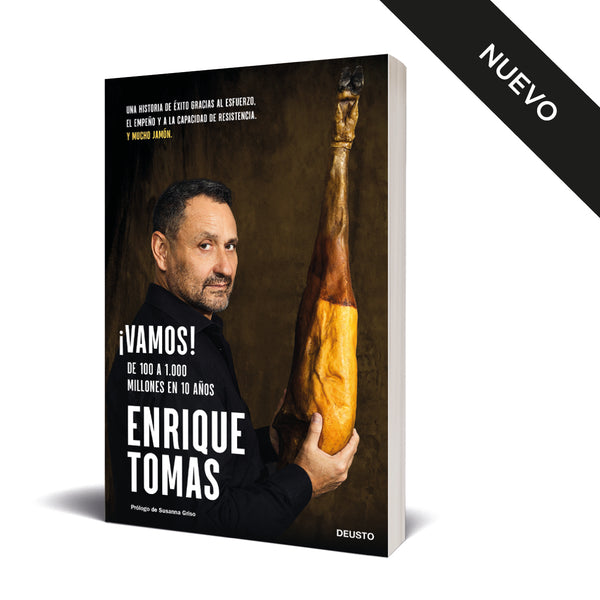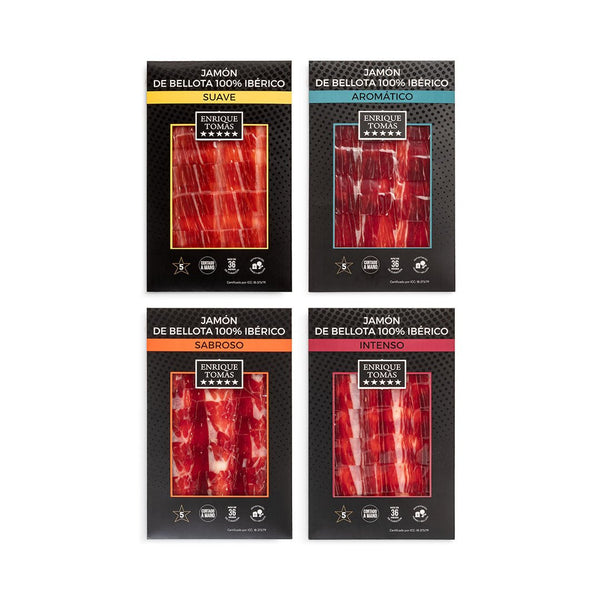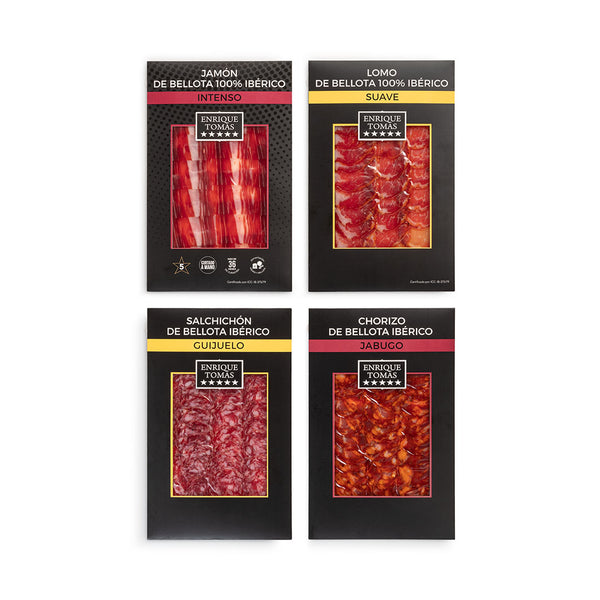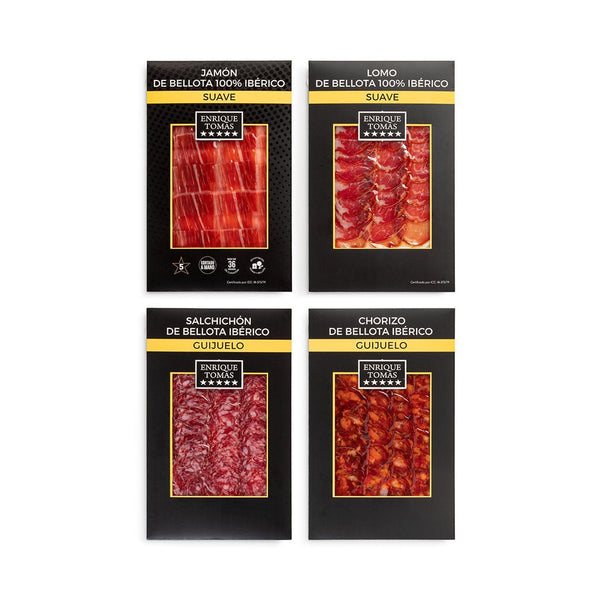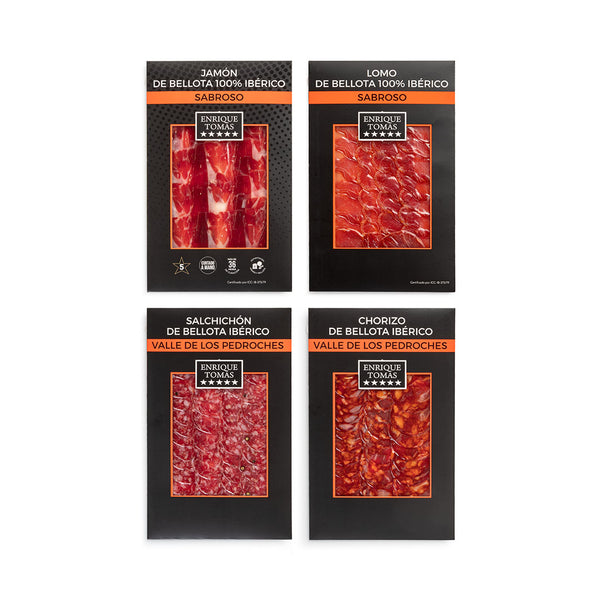
Differences between master ham maker and master cutter
Today, we're going to focus on a topic we love and that, for obvious reasons, is very close to us: the differences between a master ham producer and a professional ham cutter. While in popular belief, the idea often prevails that a master ham producer is the same as or equivalent to a master cutter, the truth is that these are two entirely different professions.
At Enrique Tomás, as experts in both worlds, we want to explain what each of them does so that you can get to know and distinguish them well. This way, you can appreciate them for their roles in their respective fields without confusing them.
The Master Ham Producer
Let's see how they are involved in each of these phases:
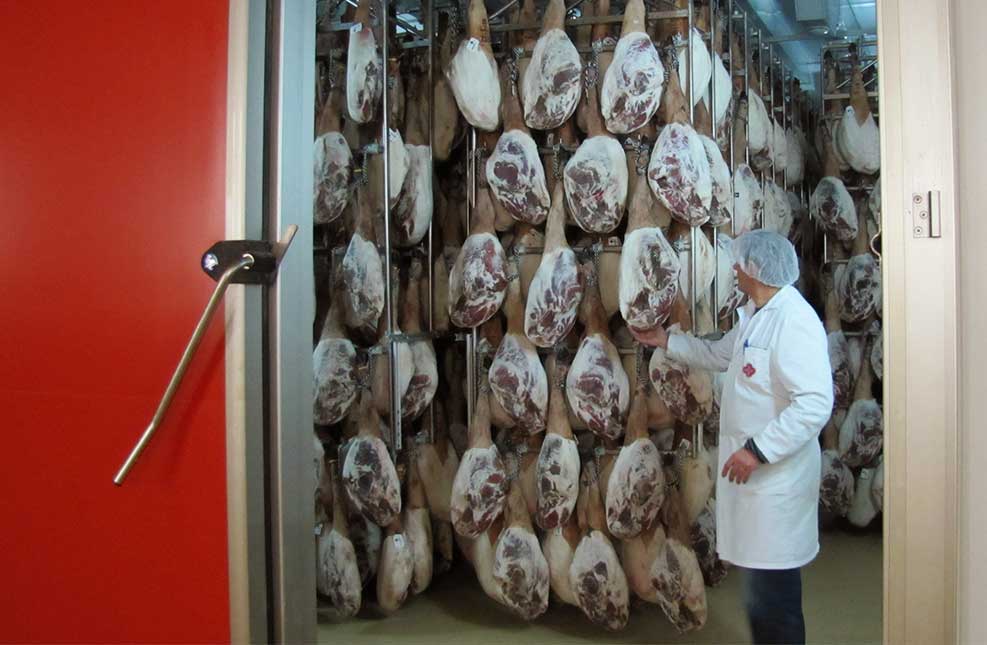
Iberian Ham Curing Process
In the Selection of Pieces
After controlling the butchering process, they will select the pieces that will be profiled to give them the desired shape.In the Salting Phase
Based on weight and a personalized approach to salt levels, the master ham producer decides how the pieces will be arranged and for how long.In the Stabilization Phase
Once salting is complete, the hams need to be stored in cold conditions, monitoring temperature and humidity to ensure a uniform state and maintain hygienic-sanitary control.In the Drying Chamber
This is where the hams are hung in natural cellars where they traditionally dry and undergo the so-called "sweating" of the ham. As the exterior fat is lost, flavors and aromas are enhanced. The master ham producer's control of both temperature and humidity is key for them to move on to the final phase, the cellar.In the Cellar
In the cellar, the hams go through the last and longest phase in which they lose between 30% and 40% of their initial weight. Here, the master ham producer must ensure that the hams rotate throughout the cellar to ensure perfect curing.
The master ham producer decides on the most straightforward and effective method, called "cala" (poking the ham at specific points he knows well) to determine if the hams are ready in terms of curing and flavor for commercialization.
The Master Cutter
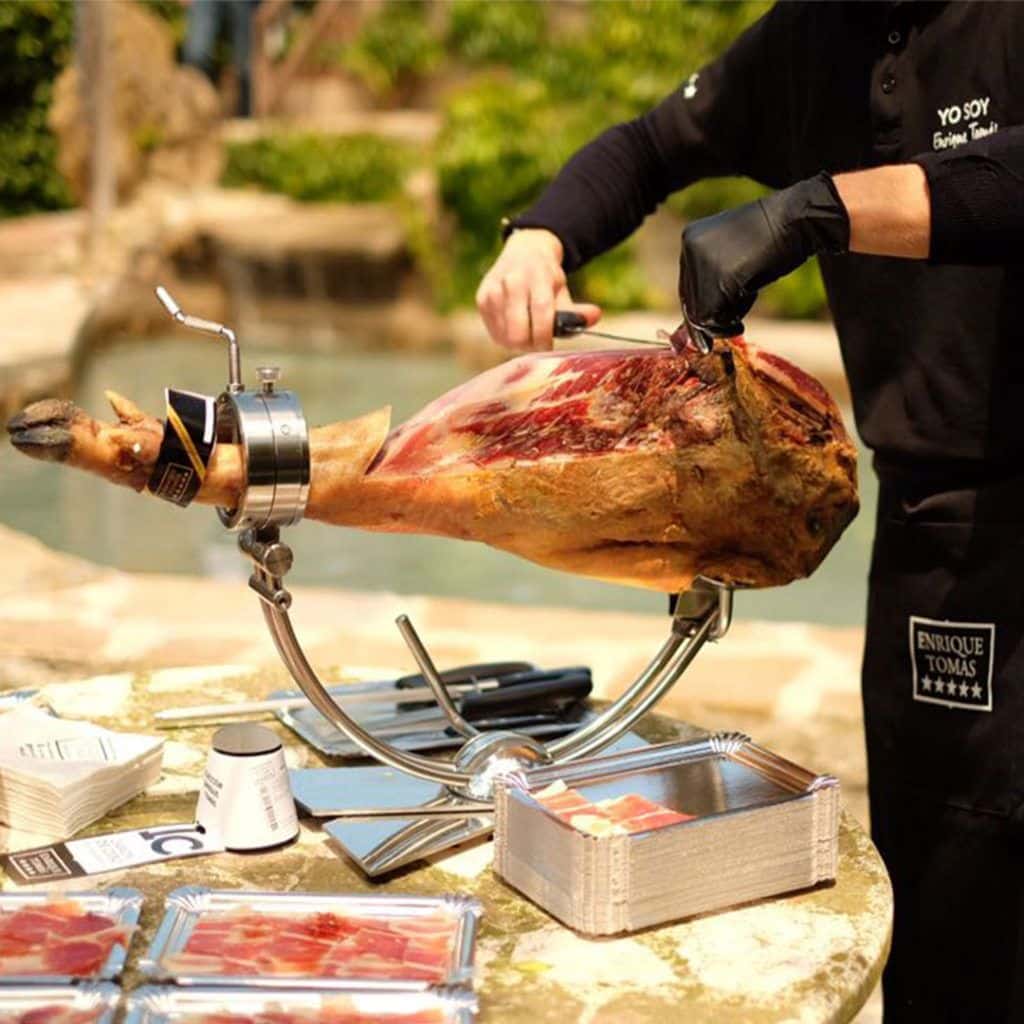
The master cutter is an expert in ham cutting.
If someone does not have this title, which is the most common scenario, they are a professional ham cutter who has typically turned a passion into a profession. For Enrique Tomás, the essence of ham cutting lies in experience, knowledge, and love for ham.
Thus, a good cut will not only provide us with the maximum yield from a ham, but it will also allow us to fully enjoy its texture and aromas. And we must not forget the importance of good cutting tools: a good ham knife, a boning knife, and a sharpening steel.
All well-cleaned and sharpened for the performance of the artist who is the ham cutter.



